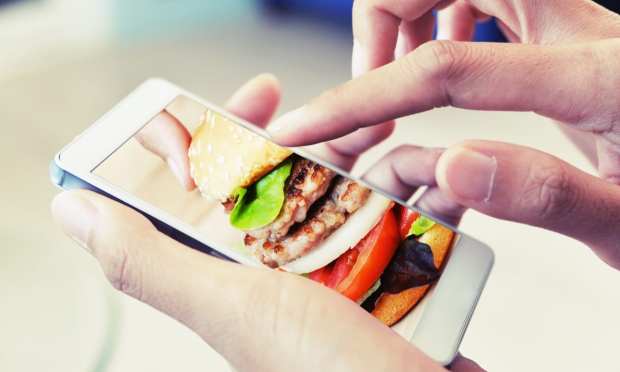QSR Loyalty War Gets Real As McDonald’s Joins Fight

When McDonald’s announced its new Accelerating the Arches growth plan Monday, the world’s biggest fast-food company said it was “doubling down on the 3 D’s; Digital, Delivery and Drive Thru.”
What it didn’t say was that its belated embrace of a broad new loyalty program simultaneously marked a major U-turn and a warning shot to its many quick-service restaurant (QSR) competitors, particularly in the coffee segment, which have been scrambling all year to find ways to drum up business and keep customers coming back for more.
“Customers will receive tailored offers, be able to participate in a new loyalty program and easily order and receive McDonald’s food through the channel of their choice,” the Oakbrook, Illinois company said, noting that a pilot of its new “MyMcDonald’s” loyalty program will roll out in the Phoenix area in the coming weeks.
Sign Of The Times
Four years ago, McDonald’s studied and passed on launching a major loyalty program, primarily on fears that it would add to wait times at its drive-thrus. But fast forward to the post-pandemic era, where restaurants of all sizes and types are facing one of the most challenging business environments in the history of prepared foods, and suddenly things that once looked bad now make sense.
Add in the fact that, among the majors, McDonald’s was essentially alone in the non-loyalty space, and the company that invented QSR knew it was time for action at its 39,000 locations in over 100 countries.
“Affordability is also crucial in today’s environment and remains a cornerstone of the McDonald’s brand,” the company statement said, going on to say it would be testing new concepts and technology to make the drive-thru experience faster.
Coffee Is Ground Zero
Although McDonald’s has offered a loyalty rewards program for its McCafe drinks menu, the limited scope and scale of it compared to digitally savvy leaders like Starbucks has been lacking.
To that point, Starbucks’ fourth-quarter results released two weeks ago reflected gains in — and a commitment to the continued growth of — its loyalty program, with the company highlighting increased members following the introduction of the new Stars for Everyone program in mid-September.
Earlier this year, the coffee segment saw fresh competition from a relatively small entrant, after Panera launched an aggressively priced $8.99 monthly subscription in February.
At the same time, in its own bid to stay competitive, Dunkin’ Brands is undergoing a complete makeover, that involves the closure of 800 underperforming stores, a larger investment in its technology and loyalty program, and finally plans to sell itself to Inspire Brands for $11.3 billion.
Not Just Loyalty
While the loyalty push has been well documented and widespread, it is part of a broader competitive landscape that is roiling the entire restaurant space which is using every trick in the book to stir up business. Whether it’s the explosion of curbside pick-up, a surge of delivery options or good old fashioned BOGO promotions, most of the current restaurant efforts are at least partially — if not fully — tied to some sort of digital platform or plan to get customers to download an app.
In the past week alone, Chipotle has opened its first fully digital store, Arby’s has embedded TikTok videos’ into its menu as well as a swirl of email, text and video marketing campaigns designed to lure hungry customers.
And with the coronavirus showing no signs of abating anytime some, the QSR fight for survival will likely only intensify.
